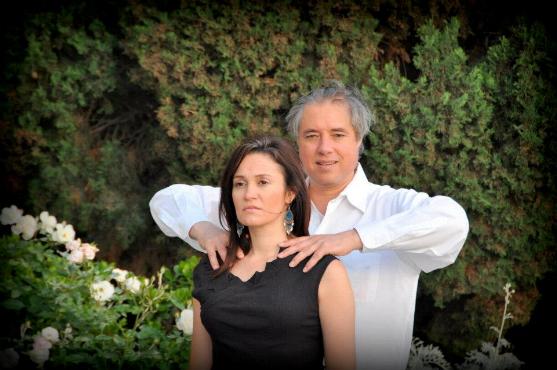“Amy Ward Brimmer, an Alexander Technique teacher in Philadelphia and Newtown, Pennsylvania, talks with Robert Rickover about the power of constructive rest for releasing harmful tensions. Amy’s website: wayopenscenter.com Robert teaches in Lincoln, Nebraska and Toronto, Canada. Website: alexandertechniquenebraska.com. More information about Constructive Rest: alexandertechnique.com/constructiverest More information about the Alexander Technique: alexandertechnique.com.”
Amy: “You can feel more accurately sometimes when you’re lying down.”
“Constructive rest is not the same as conscious relaxation, say at the end of a yoga class. Many yoga classes end with corpse pose where you are all about relaxing everything. In constructive rest, you’re awake and aware of where the pockets of held tension are, and using some Alexander lessons and conscious releasing, you’re noticing and allowing your body to restore itself. I often tell students when they’re on the table in lessons, ‘I could leave and come back in 20 minutes and your spine would be longer than when you first laid here. The body will restore its length and width just because you’re lying down.’
“Even if you used yourself perfectly in life, constructive rest would be helpful. Especially the big back, neck and shoulders muscles. They need a break.”
“I love that phrase — recalibrate to zero. It’s hitting the reset button.”
